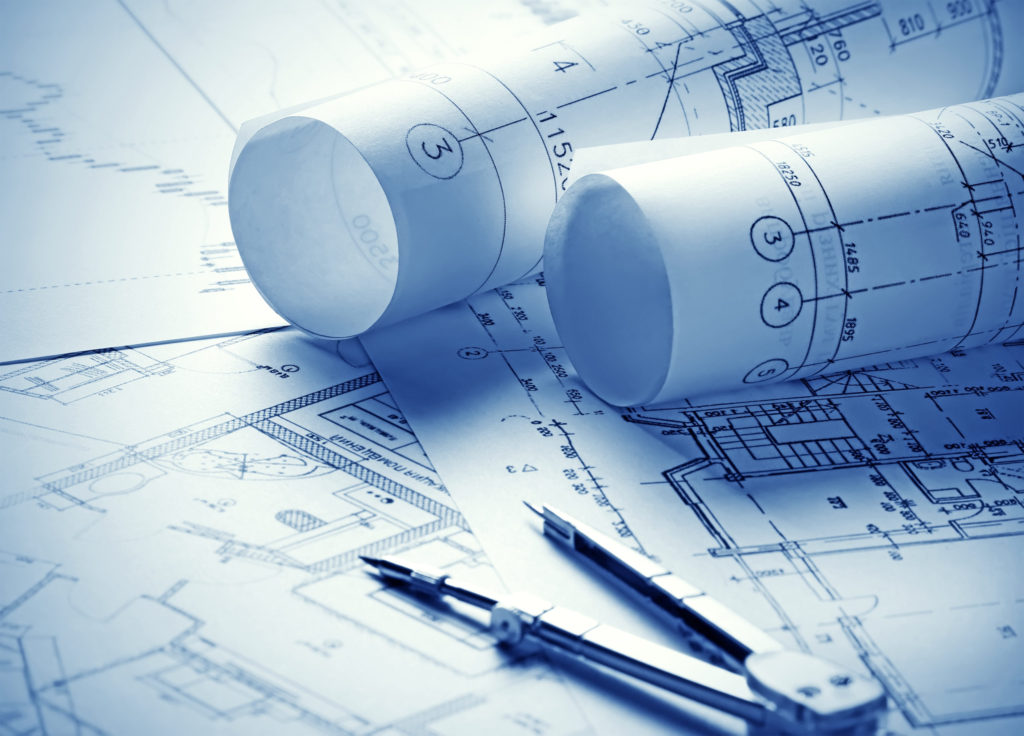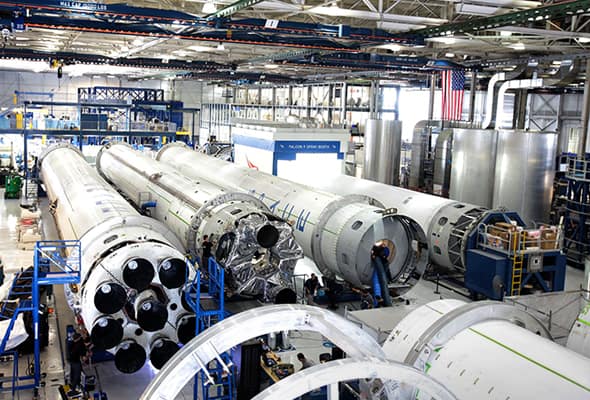
IMPROVING THE RETURN ON CAPITAL INVESTMENT
Our goal is to increase the ability to predict capital project outcomes through planning, negotiations, management and controls.
Large capital projects are necessary produce the commodities we use on a daily basis such as oil, gas, chemicals, lithium, copper and other minerals. Power demand continues to increase putting pressure on utilities to build new facilities. Infrastructure investment will increase around the world as major cities grow and need adequate modes of transport. These capital projects are massive and when cost overruns occur, they are also massive. If a company is building a $2 billion facility and has a 20% overrun, basic math says that’s $400 million not going to profitability or the shareholders.
Many industry studies by the big four consulting firms and industry experts state that cost overruns exceed 25% and schedules are extended by more than 50%. The Energy Industry developed a report with the World Economic Forum which stated “projects with total project life-cycle costs of more than $1 billion, about 75% are behind schedule and over 60% are over budget”. Whether these projects are fixed price or reimbursable, the clients, the contractors and the local communities all end up suffering due to these overruns.
How can major capital project overruns be avoided? This is not an easy question, but due diligence and focus in the following areas can mitigate the risks.
Proper estimating, including benchmarking
Risk and estimate contingency analysis
Have the right experienced teams
Complete and confirmed front-end engineering
Balanced contract negotiations
Aggressive change management
Diligent vendor management (data and delivery)
Drive productivity (in both engineering and construction)
Avoid design with the immature data
Clear quality procedures and diligent inspection
We can help in all phases of capital projects

Engineering
From feasibility studies, to front-end engineering to detailed engineering, as well as engineering organizational models

Procurement
From pre-qualifications, to awards to vendor and contract management, as well as material management and logistics

Construction
From safety to planning to productivity, includes both self-perform and contract management
